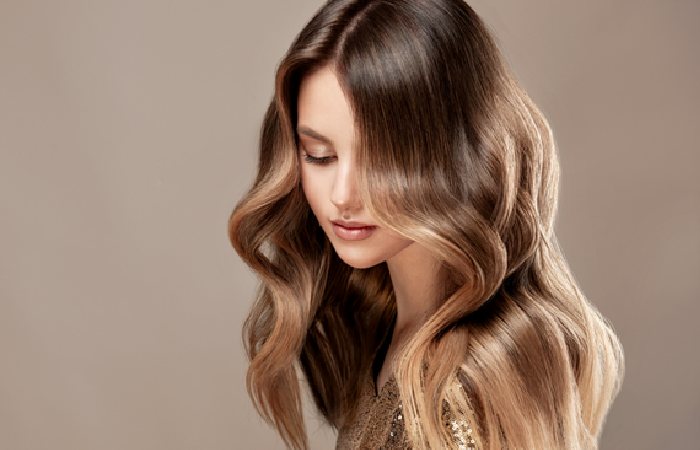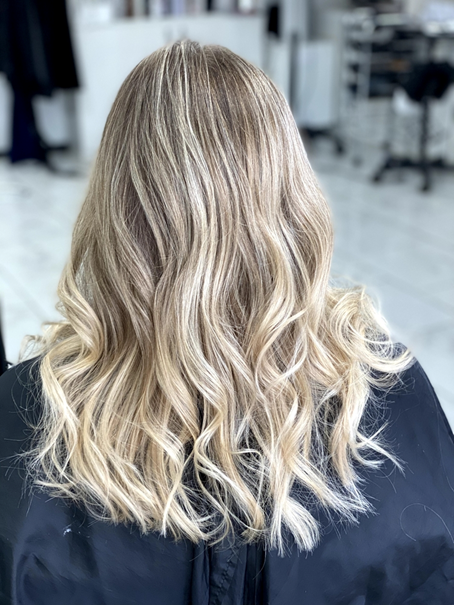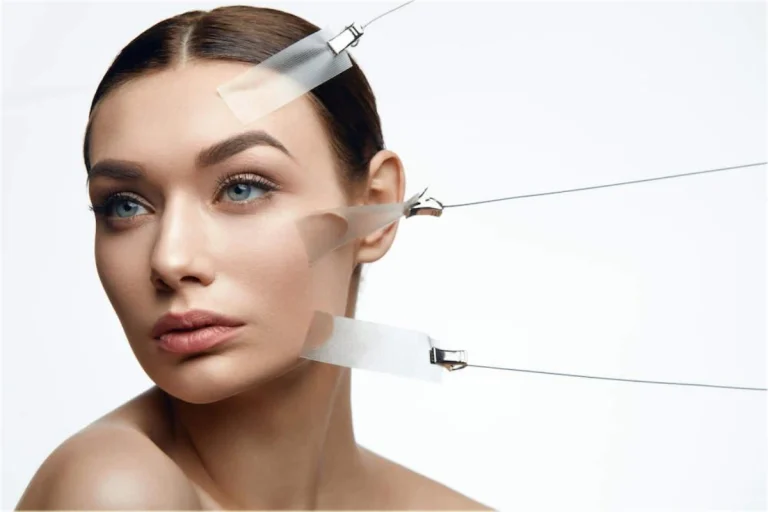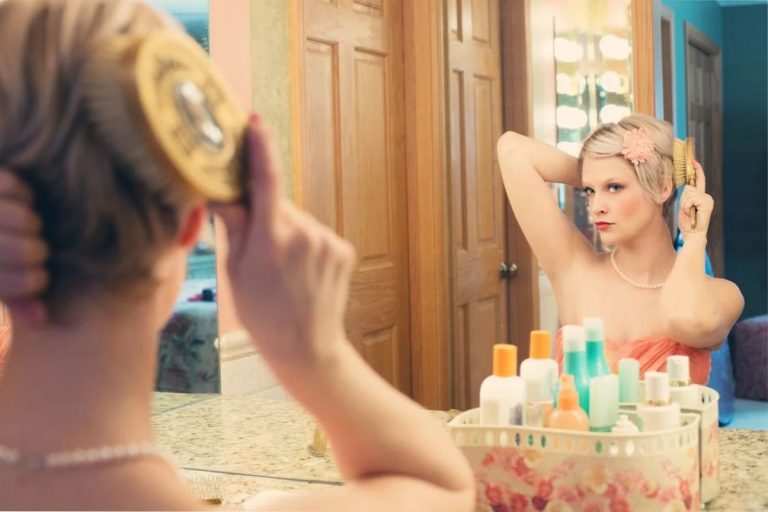Hormone Imbalance and Women’s Sexual Health: Dr. Sarah Daccarett’s Insights
In a candid and enlightening conversation, Dr. Sarah Daccarett, hormone specialist and founder of Inner Balance, delves deep into women’s sexual health, uncovering the layers of misunderstanding and gaps in medical treatment that many women face. Dr. Daccarett’s expertise in hormone replacement therapy offers a fresh perspective on the challenges faced by women, as well as ways to improve women’s sexual wellness.
Table of Contents
Sexual Health is Health: Breaking the Stigma
Dr. Daccarett emphasizes the importance of recognizing that sexual health issues are not merely personal or relational problems. “Women often internalize these issues, like vaginal dryness or low sex drive, thinking it’s a relationship issue, not a health concern,” she explains. She stresses that such symptoms should be considered a vital sign of overall health, rather than a taboo topic often brushed aside.
The Hormone Connection: Estrogen, Progesterone, and Testosterone

One of the key points Dr. Daccarett discusses is the critical role hormones play in women’s sexual health. She highlights how hormones like estrogen, progesterone, and testosterone need to be balanced for a healthy sex drive. “We’re not just tiny men,” she asserts, “women’s bodies are complex, and they need tailored solutions.” Dr. Daccarett advocates for hormone replacement therapy as a foundational treatment, ensuring that women’s hormone levels are optimized, which significantly impacts their sex drive and overall well-being.
Bridging the Gap: Addressing the Need for Women-Focused Research
Dr. Daccarett speaks passionately about the systemic issues within the medical community that fail women. She points out the gender gap in medical research, noting that women have historically been excluded from studies, leading to treatments that do not address their unique needs. “Women are distinct from men, not just smaller versions,” she adds, emphasizing the need for studies to understand women’s specific hormonal interactions.
For Dr. Daccarett, education and open dialogue are critical. She believes that normalizing conversations about sexual health and educating both women and girls about their bodies can dismantle the stigma. “We need to teach our daughters about the importance of their sexual health early on, just as we do for boys,” she suggests.
Take the First Step: Schedule a Free Consultation
Dr. Daccarett invites readers to take charge of their sexual health. She encourages women to seek professional help if they experience symptoms like vaginal dryness or low sex drive, asserting that these are health concerns that deserve attention.
If you’re ready to prioritize your sexual health and explore potential solutions like hormone replacement therapy, Dr. Daccarett invites you to visit her website, innerbalance.com, for a free consultation.












